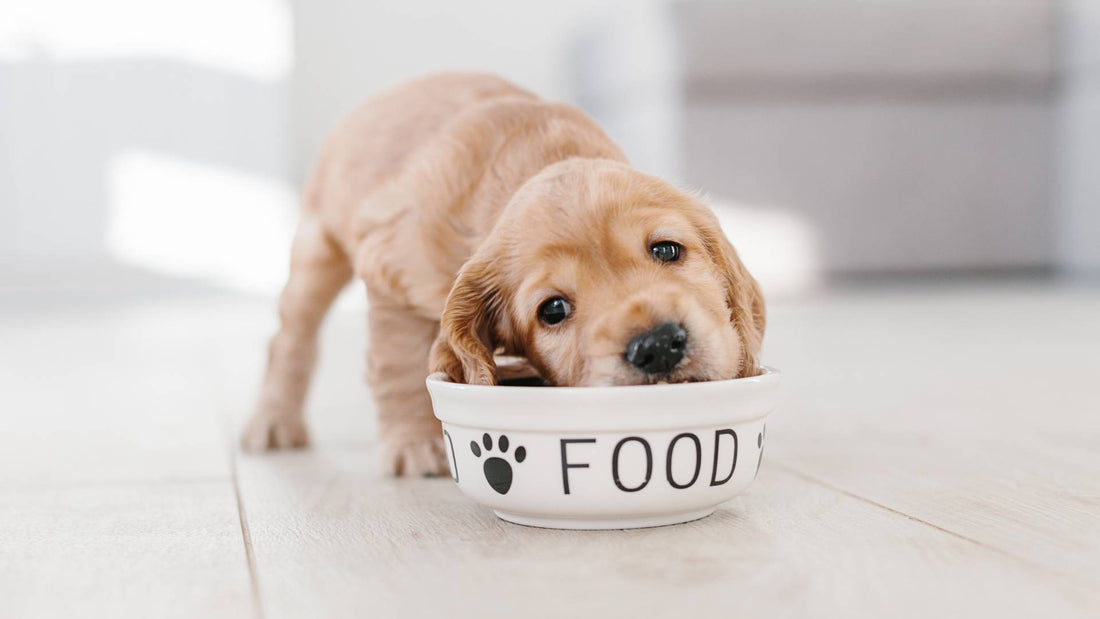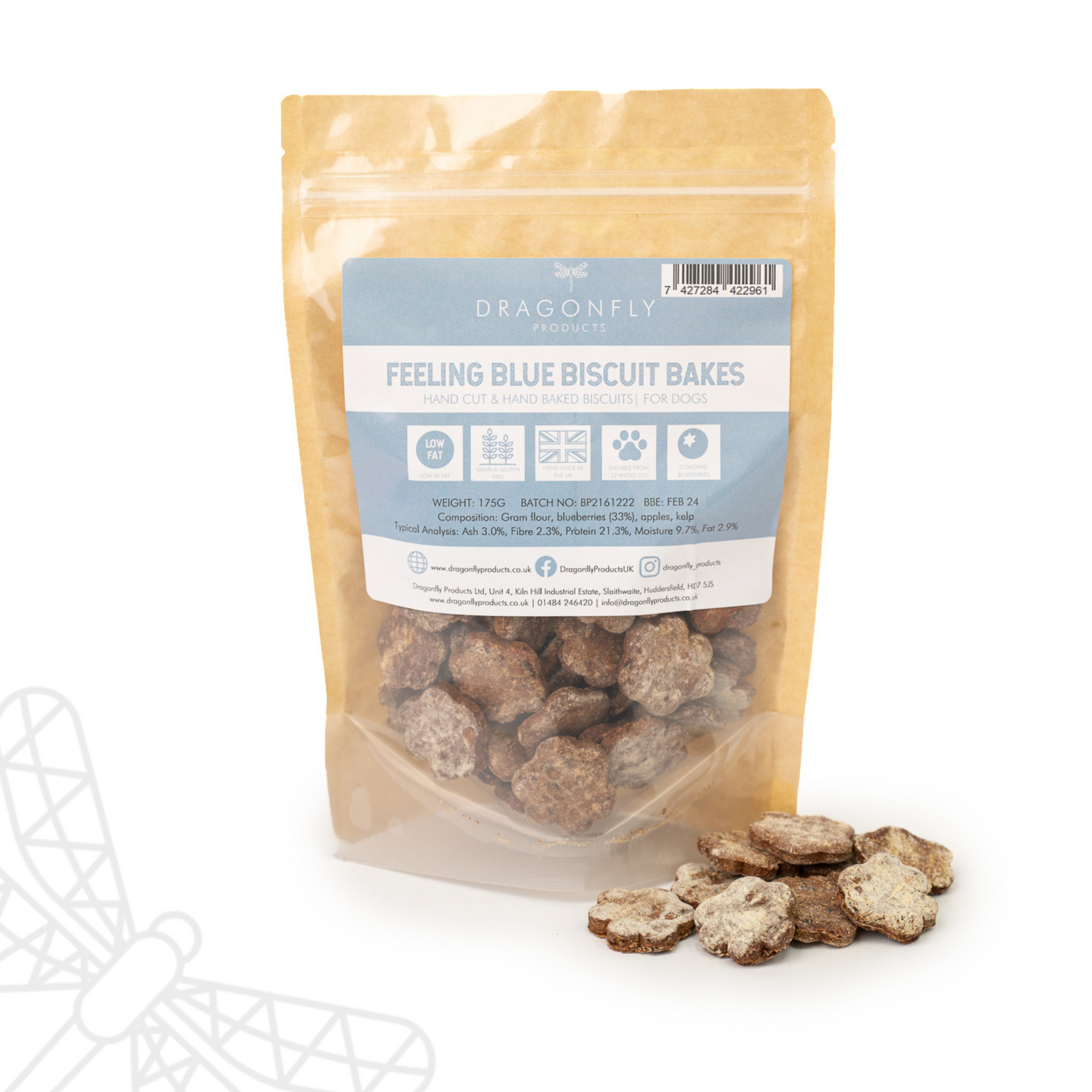
How soon can I change my puppy’s dry food?
Bringing home a new puppy is an exciting experience filled with joy and a bit of anxiety. One common question new puppy parents have is how soon they can change their puppy's dry food after bringing them home. It's generally recommended to keep your puppy on the same food that the breeder was using for at least two weeks. This period allows the puppy to adjust to its new environment without the added stress of a dietary change, which could lead to digestive issues like diarrhoea or vomiting.
Your puppy's digestive system is still developing, and a sudden change in diet can disrupt its balance. During these initial weeks, focus on helping your puppy settle into their new home and routine. After this adjustment period, you can begin to consider a gradual transition to a new food if needed.
Table of Contents
- How do I safely transition my puppy to a new food?
- What signs indicate my puppy’s food needs to be changed?
- How can I prevent my puppy from getting an upset stomach during a food change?
- Can I switch my puppy’s food if they don’t like the taste?
- How often should I change my puppy’s food as they grow?
- What should I do if my puppy gets diarrhoea during a food transition?
- Can changing my puppy’s food too quickly cause health problems?
- Are there specific ingredients I should avoid when switching my puppy’s food?
- How do I know if the new food is suitable for my puppy?
How do I safely transition my puppy to a new food?
Transitioning your puppy to a new dry food should be done gradually over a period of 7 to 14 days. This gradual process helps prevent gastrointestinal upset and allows your puppy’s digestive system to adapt to the new food. Here’s a step-by-step guide:
- Days 1-3: Start by mixing 75% of the current food with 25% of the new food
- Days 4-6: Increase the new food to 50%, mixing it with 50% of the old food
- Days 7-9: Use 75% of the new food and 25% of the old food
- Days 10-12: Serve only the new food
During this transition period, monitor your puppy closely for any signs of digestive upset, such as diarrhoea, vomiting, or a decrease in appetite. If any of these symptoms occur, slow down the transition process.
What signs indicate my puppy’s food needs to be changed?
There are several signs that may indicate your puppy’s current food isn’t meeting their nutritional needs or is causing an adverse reaction. These signs include:
- Persistent diarrhoea, vomiting or gas: Occasional digestive upset can happen, but persistent issues may indicate that the food is not agreeing with your puppy’s system.
- Itching and scratching: Food allergies or sensitivities can manifest as skin issues, including excessive itching, scratching, or the development of rashes.
- Dull, flaky coat: A healthy diet should support a shiny, healthy coat. A dull, flaky coat can be a sign that your puppy’s food lacks essential nutrients like Omega-3 and Omega-6 fatty acids.
- Lethargy or lack of energy: If your puppy seems unusually tired or weak, it could be a sign that they are not getting the right balance of nutrients from their food.
- Weight loss or poor growth: If your puppy is not gaining weight as expected or seems to be losing weight, their food may not be providing the necessary calories and nutrients.
How can I prevent my puppy from getting an upset stomach during a food change?
To prevent your puppy from getting an upset stomach during a food change, the key is to make the transition gradual and to monitor your puppy closely. Here are some tips:
- Follow the gradual transition process: As mentioned earlier, slowly mix the new food with the old food over 7 to 14 days. This gives your puppy’s digestive system time to adjust.
- Watch for signs of distress: During the transition, keep an eye out for signs of digestive upset such as diarrhoea, vomiting, or refusal to eat. If any of these symptoms occur, slow down the transition process or temporarily revert to the original food.
- Avoid introducing other new foods: While transitioning to a new food, avoid giving your puppy any other new foods or treats that could further upset their digestive system.
Can I switch my puppy’s food if they don’t like the taste?
Puppies, like people, can be picky eaters. If your puppy refuses to eat their food or shows signs of disliking it, you may need to consider switching to a different food or flavour. However, it’s important to do this carefully to avoid any digestive issues.
When introducing the new food, use the same gradual transition process outlined earlier. If your puppy still refuses to eat after the transition, it might be worth trying a different flavour, or even adding a small amount of low-sodium bone broth to make the food more appealing.
Be cautious about catering too much to your puppy’s preferences, as this can lead to the development of picky eating habits. Ensure that whatever food you choose is nutritionally complete and balanced for your puppy’s growth and development. Puppy food should have a minimum of 60% fresh or dried protein in it. Avoid foods with ‘meat meal’ or ‘meat derivatives’ in it.
How often should I change my puppy’s food as they grow?
Puppies grow rapidly, and their nutritional needs change as they progress from infancy to adulthood. Generally, you should consider transitioning your puppy from a puppy-specific food to an adult dog food around their first birthday. For large or giant breeds, this transition may happen later, around 18-24 months, as these breeds mature more slowly.
Apart from this major transition, there’s usually no need to frequently change your puppy’s food unless there’s a specific health concern. Constantly changing your puppy’s food can lead to digestive issues and may make them more likely to develop food sensitivities.
What should I do if my puppy gets diarrhoea during a food transition?
Diarrhoea is one of the most common issues puppies experience during a food transition. If your puppy develops diarrhoea during the transition, here’s what you can do:
- Slow down the transition: Reduce the amount of new food and increase the amount of old food to give your puppy’s digestive system more time to adjust.
- Pause the transition if necessary: If diarrhoea persists, consider pausing the transition altogether and sticking with the original food until the symptoms subside.
- Consult your veterinarian: If the diarrhoea is severe or accompanied by other symptoms such as vomiting, lethargy, or loss of appetite, it is unlikely to be caused by the change of food and you should contact your veterinarian immediately. Persistent diarrhoea can lead to dehydration and other health issues, so it’s important to address it promptly.
- Avoid other dietary changes: During the transition period, avoid giving your puppy treats, table scraps, or any new types of food that could further upset their stomach or confuse the root cause of the issue.
Can changing my puppy’s food too quickly cause health problems?
Yes, changing your puppy’s food too quickly can lead to several health problems, primarily gastrointestinal issues. A sudden switch can cause:
- Diarrhoea: A rapid change in diet can disrupt the balance of bacteria in your puppy’s gut, leading to diarrhoea.
- Vomiting: Some puppies may vomit if their digestive system is overwhelmed by a sudden change in food.
- Loss of appetite: If the new food is introduced too quickly, your puppy might refuse to eat altogether, leading to weight loss and nutritional deficiencies.
To avoid these issues, always transition your puppy’s food gradually over 7 to 14 days, as outlined earlier. This gradual process helps to minimize the risk of gastrointestinal upset and allows your puppy to adjust to the new food without major disruptions to their digestion.
Are there specific ingredients I should avoid when switching my puppy’s food?
When selecting a new food for your puppy, it’s important to be mindful of certain ingredients that can cause health issues or allergies. Here are some ingredients to avoid:
- Artificial preservatives and colours: These additives are unnecessary and can sometimes cause allergic reactions or other health problems. Look for foods that use natural preservatives like vitamin E (tocopherol).
- Fillers: Ingredients like corn, soy, rice and wheat are often used as cheap fillers in lower-quality dog foods. These fillers can be hard for puppies to digest and may contribute to food allergies or sensitivities.
- Animal by-products: While not inherently harmful, by-products (also known as meal or derivatives) can vary greatly in quality and may include lower-quality protein sources. Opt for foods that list specific meats (like chicken or lamb) as the primary protein source.
- Excessive salt or sugar: These ingredients have no place in your puppy’s diet and can lead to long-term health issues, including obesity and kidney problems.
How do I know if the new food is suitable for my puppy?
Determining whether the new food is suitable for your puppy involves observing their overall health and well-being. Here are some signs that the new food is a good fit:
- Healthy weight gain: Your puppy should be steadily gaining weight in line with their growth curve. Sudden weight loss or excessive weight gain may indicate that the food isn’t meeting their nutritional needs.
- Shiny, healthy coat: A diet rich in essential fatty acids will contribute to a glossy, healthy coat. If your puppy’s coat looks dull or flaky, their diet might be lacking essential nutrients.
- Firm, regular stools: If your puppy’s stools are firm and regular, it’s a sign that the new food is being well-digested and absorbed. Loose stools or diarrhoea suggest that the food might not be suitable.
- Energy levels: A suitable diet should provide your puppy with the energy they need for play and growth. If your puppy seems lethargic or unusually hyperactive, their diet may need to be adjusted.
- Overall health and behaviour: Monitor your puppy for any signs of discomfort, such as itching, excessive scratching, or frequent gastrointestinal issues. A happy, active puppy is usually a good indication that their food is working well for them.
By carefully considering these factors and following the proper steps, you can successfully transition your puppy to a new food, ensuring they receive the nutrition they need to grow into a healthy, happy adult dog.
For any further help and advice please contact us on 01484 246420 and why not join our social media channels and online community on Instagram, Facebook or YouTube.
With Wags and Woofs,
Laura, Dolly & Reggie


